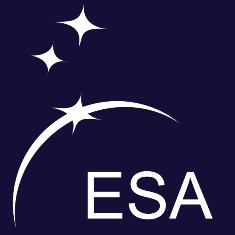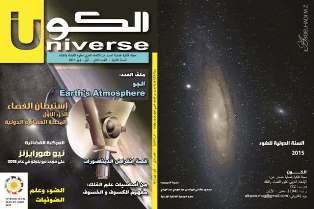Astronomy in Egypt
Astronomical Societies :
Egyptian Society for Astronomy
 |
We are a group of astronomy amateurs, our goal is to spread the astronomy as a science and a hoppy. Some of the group has the scientific and academic background and others are from various backgrounds.
All ages, backgrounds, and different profiles are welcome to participate in our regular activities and to share with us our goal to widen the scope of knowledge regarding the astronomy.
Our activities include regular lectures; a simple easy explanation for astronomy as a whole, including celestial bodies, phenomenons, events… Etc,
Also include a regular visits to observatories, and regular trips to cover the astronomical events.
Observatory:
Helwan Observatory
 |
It is well known that Astronomy in Egypt started a long time ago, and Egypt is considered as one of the oldest countries whose people studied astronomy. The Egyptian monuments at Nabta Playa (Neolithic, which antedates Stonehenge by a millennium), the Pyramids at Giza (4th Dynasty), Abu Simbel Temple (21st Dynasty) and the zodiac at the Temple of Denderah (Ptolemaic), all bear distinct evidence that Egyptians were very much preoccupied with observing heavenly bodies and their motion, with unrivalled skill.
The Alexandria school (330 BC -168 AD) attracted famous scientists to come to Egypt, where the circumference of the Earth was measured for the first time by Eratosthenes from his observations in Aswan, and the famous Almagest (The Great Compilation), a mathematical and astronomical treatise proposing the complex motions of the stars and planetary paths, was written in the 2nd century AD by Ptolemy of Alexandria, which remained valid till the 16th century.
During the Arab period, astronomical sciences continued to advance in Egypt by observing many stars and Nebulae (although Nebulae were discovered in the 20th century, some were earlier observed by the Arabs). Nowadays, most of the star names are of Arabic origin, like Aljabir, Altair, Aldabaran. Furthermore, some astronomical instruments like the astrolabe were efficiently used by Arab navigators. The Arabs, under Fatimid rule, erected many observatories in Egypt, such as at the Moqattam Hills east of Cairo (11 th century AD), notably EI-Guyushy and the EI-Maamoon Observatories. IbnYunus wrote in that period an accurate astronomical table known as al-Zi} al-Kabir alHakimi (Big Hakimi Zij), and also wrote the Kitab bulugh al-umniyya (liOn the Attainment of Desire”), a work concerning the heliacal risings of Sirius, and on predictions concerning what day of the week the Christian Coptic year will start on. His works are noted for being ahead of their time, having been based on almost modern-like meticulous calculations and attention to detail. The crater Ibn Yunus on the Moon is named after him.
National Research Institute of Astronomy and Geophysics
NRIAG is a national astronomical, geophysical and environmental sciences research establishment with more than 110 years of successful history, making it the oldest research institute in North Africa.
Being dedicated to exploring the Earth and universe, we are focused at providing the needs of our researchers of, up to date, precise technologies to meet the modern scientific challenges of our fields of specialization. The research facilities of NRIAG spread all over Egypt, powered by more than 300 researchers covering every task of astronomy and geophysics.
Moreover, we managed to build a worldwide cooperation network with distinguished international institutions and universities. Numerous projects and studies are completed in collaboration with national and international academic partners which qualify the staff of NRIAG for the highest level of applications.
Although it brings me a proudness to be at the lead of NRIAG, it remains a stressing responsibility to keep the institute and its staff in progress with respect to all aspects of specialization.
If you are a research institute, university, or an individual that think you might conduct any activity in partnership with NRIAG, the website will help you to find the way to start.
Thank you for visiting our website, which I believe truly reflects the qualification, professionalism and vibrancy of NRIAG.
Egyptian Science, Technology and Innovation Observatory
The Egyptian Science, Technology and Innovation Observatory (ESTIO) was established on February 2014. ESTIO is affiliated to the Academy of Scientific Research and Technology, the Ministry of Scientific Research.
Vision:
Is to be a repository for Science, Technology and Innovation (STI) data and a source of policy analysis in support of evidence based policy making in Egypt.
 AW-ROAD Just another WordPress site
AW-ROAD Just another WordPress site



